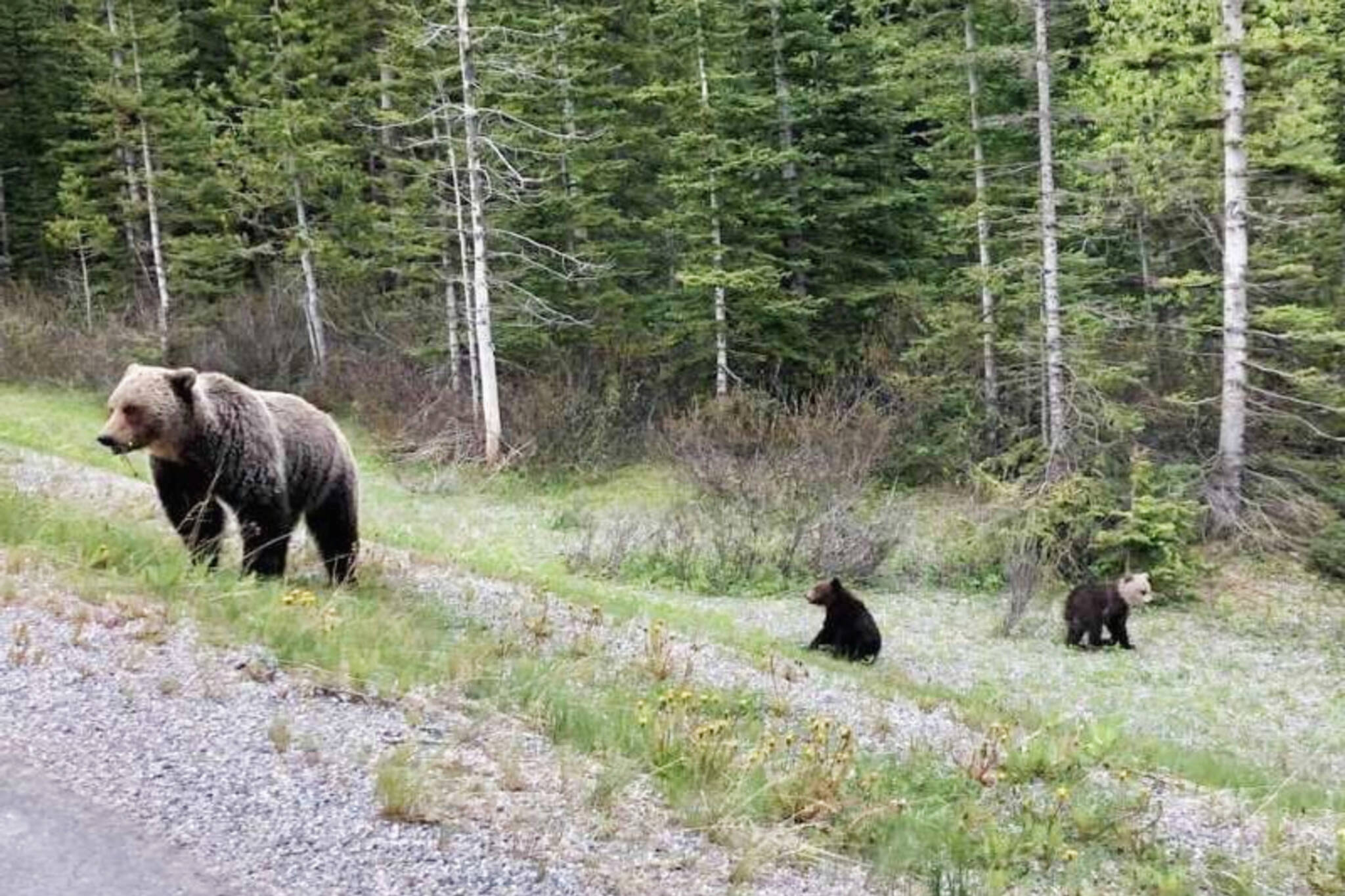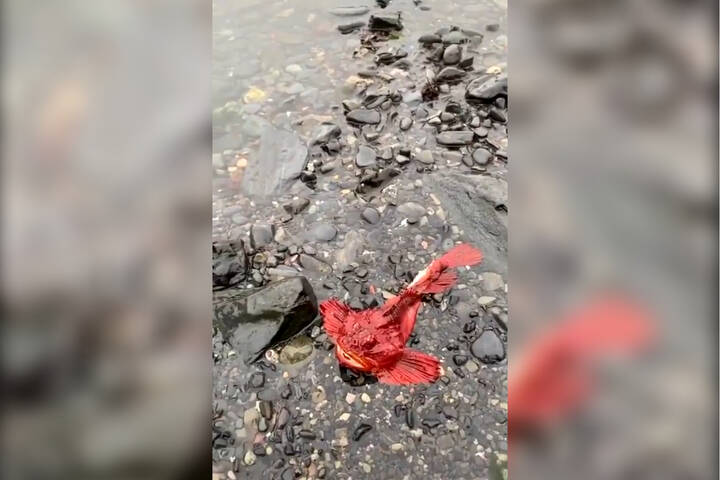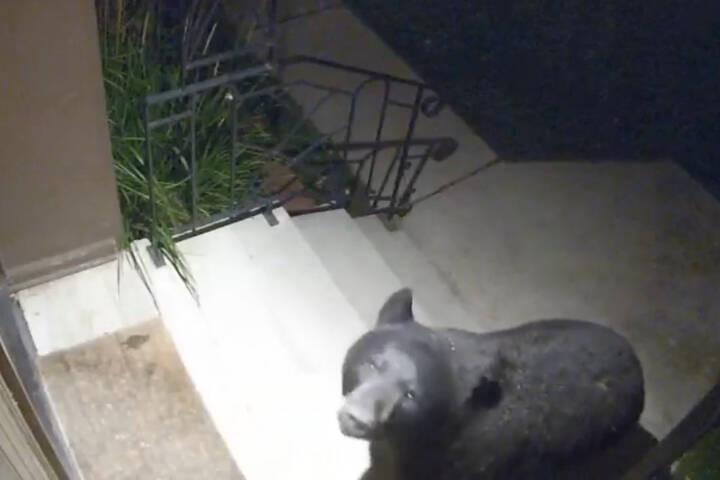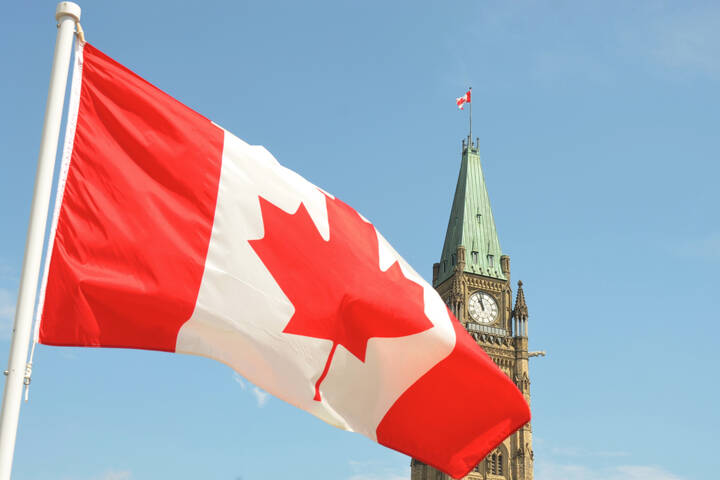
A grizzly bear with a white head was spotted in Canada and experts are baffled
If you were driving through Banff National Park on Sunday and spotted a grizzly bear with a white head, you might be forgiven for thinking a panda had escaped from the local zoo — but the truth is even more surprising.
Experts have confirmed that the unusual bear spotted roaming around Banff is actually a grizzly with super rare colouring.
"I've never seen anything like it. Nor have I seen a picture of one," Jeff Gailus, a conservation writer and grizzly bear expert, told Global News.
The bear in question was spotted by a Calgary family, who were driving back home when they captured the photo.
A Calgary family spotted a cub with an extremely rare genetic mutation causing it to have a white head and a black body 😱-📸 Julia Turner #Canada #Banff #Calgary #Alberta pic.twitter.com/OMCMardIlv
— Freshdaily (@freshdaily) June 16, 2020
Although experts aren't sure exactly why the grizzly cub looks like he's dipped his head in a can of white paint, some say the blonde fur is likely an atypical recessive gene.
In the same way that some people have blue eyes when both of their parents have brown, for example, the cub's colouring can be different from his parents' fur.
It's unclear whether the little bear cub is related to Alberta's other famous white bear — known as Nakota to locals — who was spotted in early May.
Video shows super rare white grizzly bear spotted in Alberta https://t.co/m267HS6s0A #Canada #Alberta #Banff #Bear
— Freshdaily (@freshdaily) May 8, 2020
The little six-month-old bear cub is already racking up a pretty hefty fan club, with Canadians taking to social media to comment on the bear's unique colouring.
"2020 is leaving nothing on the table," one person wrote. "A grizzly bear with a white head spotted close to home!"
"When it was a hot, sunny day, and Pooh's head was stuck in the honey pot too long," another person joked, referring to the bear's iconic blonde head.
Parks Canada continues to remind Canadians not to approach the bears and to always stay in their vehicles.
"When visitors see wildlife in other areas, they should consider not stopping," the agency said. "Bears and other wildlife that become comfortable around people and roadsides are at greater risk of being struck by a vehicle."
Julia Turner Butterwick
Latest Videos
Join the conversation Load comments







